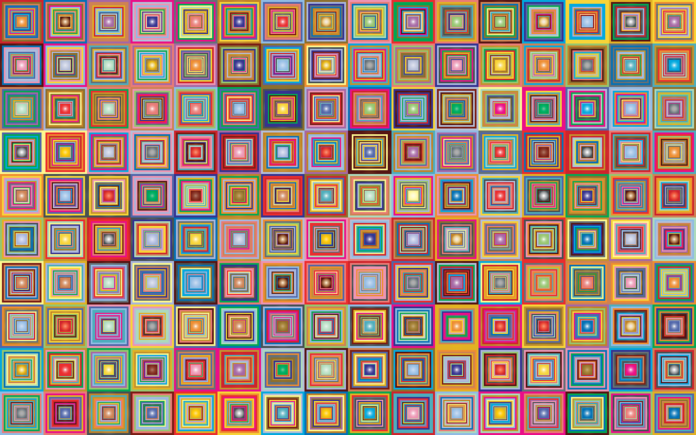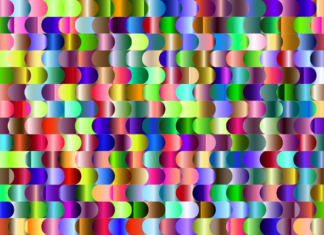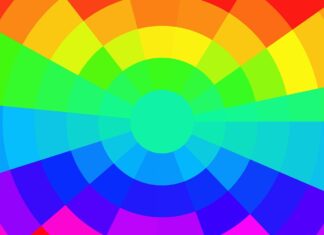Katana is a versatile and powerful software platform designed to streamline the workflow of artists and studios in the creation of visual effects (VFX), animation, and 3D content. Developed by Foundry, Katana has become an industry-standard tool for lighting, shading, and look development in the production of feature films, television shows, commercials, and video games. With its innovative node-based approach, robust rendering capabilities, and seamless integration with other industry-leading software packages, Katana empowers artists to achieve stunning visual results efficiently and effectively.
1. Node-Based Workflow: At the core of Katana’s workflow is its node-based architecture, which enables artists to create complex lighting setups and shading networks with ease. Instead of relying on traditional layer-based workflows, artists work with a network of interconnected nodes representing various elements of the scene, such as lights, shaders, textures, and geometry. This flexible and non-destructive approach allows for greater control and iteration throughout the lighting and shading process, resulting in more efficient workflows and higher-quality results.
2. Scene Assembly and Layout: Katana excels in scene assembly and layout, allowing artists to efficiently manage and organize large-scale environments and complex assets. Artists can import geometry, textures, and animation data from various sources and assemble them into a cohesive scene using Katana’s intuitive interface. The software provides powerful tools for scene organization, such as node hierarchies, scene graphs, and procedural workflows, enabling artists to handle massive datasets with ease and optimize scene performance for rendering.
3. Lighting and Shading: One of Katana’s primary strengths lies in its lighting and shading capabilities, which enable artists to achieve photorealistic results with unprecedented control and precision. Using a combination of physically-based shaders, global illumination techniques, and advanced lighting tools, artists can create cinematic lighting setups that enhance the mood, atmosphere, and visual impact of their scenes. Katana’s interactive rendering engine provides instant feedback, allowing artists to iterate quickly and fine-tune the look of their shots in real-time.
4. Look Development: Katana facilitates the look development process, enabling artists to create and refine the appearance of materials, textures, and surfaces in their scenes. With a wide range of built-in shading nodes and procedural textures, artists can achieve a diverse array of visual styles and effects, from realistic materials to stylized shaders. Katana’s node-based approach to look development provides flexibility and scalability, allowing artists to easily modify and iterate on their shader networks to achieve the desired look and feel for their projects.
5. Rendering and Rendering Engine: Katana features a powerful rendering engine that supports both CPU and GPU-based rendering, providing artists with the flexibility to choose the rendering solution that best suits their needs. The software integrates seamlessly with industry-standard renderers such as Arnold, V-Ray, and RenderMan, enabling artists to leverage their preferred rendering tools and workflows within the Katana environment. With support for advanced rendering features such as ray tracing, subsurface scattering, and volumetric effects, Katana delivers high-quality renderings that meet the demanding standards of modern visual effects production.
6. Pipeline Integration: Katana is designed to integrate seamlessly into existing production pipelines, allowing artists to work collaboratively and efficiently within a studio environment. The software supports open standards such as Alembic, USD, and OpenColorIO, enabling interoperability with other industry-standard software packages such as Autodesk Maya, SideFX Houdini, and Adobe Photoshop. Katana’s flexible scripting and API capabilities further enhance its integration capabilities, enabling studios to customize and extend the software to meet their specific workflow requirements.
7. Procedural Workflows: Katana empowers artists with powerful procedural workflows that enable the creation of complex, dynamic, and reusable assets and effects. By leveraging procedural techniques such as expressions, scripts, and procedural textures, artists can automate repetitive tasks, generate variation in their scenes, and create procedural effects such as procedural modeling, animation, and particle systems. Procedural workflows in Katana enhance productivity, reduce manual labor, and enable artists to explore creative possibilities beyond traditional workflows.
8. Scalability and Performance: Katana is designed to handle the demands of modern visual effects production, with robust scalability and performance capabilities. The software optimizes resource utilization and workflow efficiency, enabling artists to work with large-scale scenes and complex assets without sacrificing performance. Katana’s multi-threaded architecture, GPU-accelerated rendering, and support for distributed rendering solutions enable studios to tackle even the most demanding projects with confidence, delivering high-quality results on time and within budget.
9. Training and Support: Foundry provides comprehensive training and support resources for Katana users, including documentation, tutorials, webinars, and online forums. These resources empower artists to master the intricacies of Katana’s workflow and capabilities, from basic scene setup to advanced lighting and shading techniques. Additionally, Foundry offers personalized support services, including technical support, consulting, and custom training solutions, to assist studios in maximizing their productivity and achieving their creative goals with Katana.
10. Industry Adoption and Recognition: Katana has gained widespread adoption and recognition within the visual effects and animation industry, with many leading studios and artists relying on the software to create award-winning visual content. From blockbuster films to episodic television shows to AAA video games, Katana has been used to produce stunning visuals across a wide range of media. Its reputation for reliability, flexibility, and performance has cemented its status as an indispensable tool for artists and studios seeking to push the boundaries of visual storytelling.
Certainly! Katana’s node-based workflow enables artists to create complex lighting setups and shading networks efficiently, allowing for greater control and iteration throughout the production process. With its intuitive interface and powerful tools for scene assembly and layout, Katana empowers artists to manage large-scale environments and complex assets seamlessly. The software’s lighting and shading capabilities are particularly noteworthy, enabling artists to achieve photorealistic results with unprecedented precision. Katana’s rendering engine supports both CPU and GPU-based rendering, providing artists with flexibility and scalability in their rendering workflows.
Moreover, Katana’s integration capabilities ensure compatibility with other industry-standard software packages, facilitating collaborative workflows within studio environments. The software’s support for open standards and flexible scripting capabilities further enhance its integration capabilities, enabling studios to customize and extend the software to meet their specific workflow requirements. Additionally, Katana’s procedural workflows enable artists to automate repetitive tasks, generate variation in their scenes, and explore creative possibilities beyond traditional workflows.
Katana’s scalability and performance capabilities make it well-suited for handling the demands of modern visual effects production. Its multi-threaded architecture, GPU-accelerated rendering, and support for distributed rendering solutions enable studios to tackle even the most demanding projects with confidence. Foundry provides comprehensive training and support resources for Katana users, ensuring that artists have the knowledge and assistance they need to leverage the software’s capabilities effectively. With its widespread adoption and recognition within the industry, Katana has solidified its position as a go-to tool for artists and studios seeking to create stunning visual content across various media platforms.






















